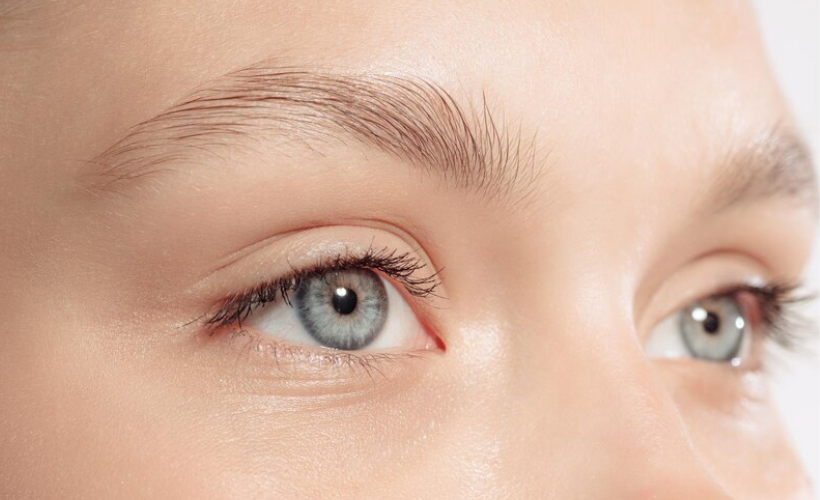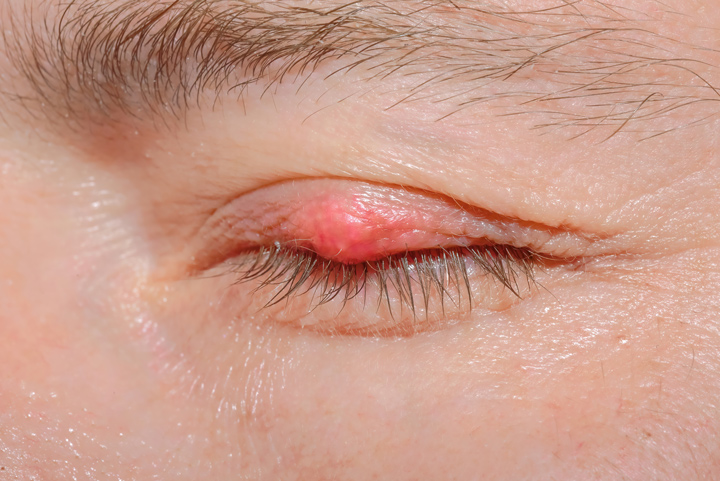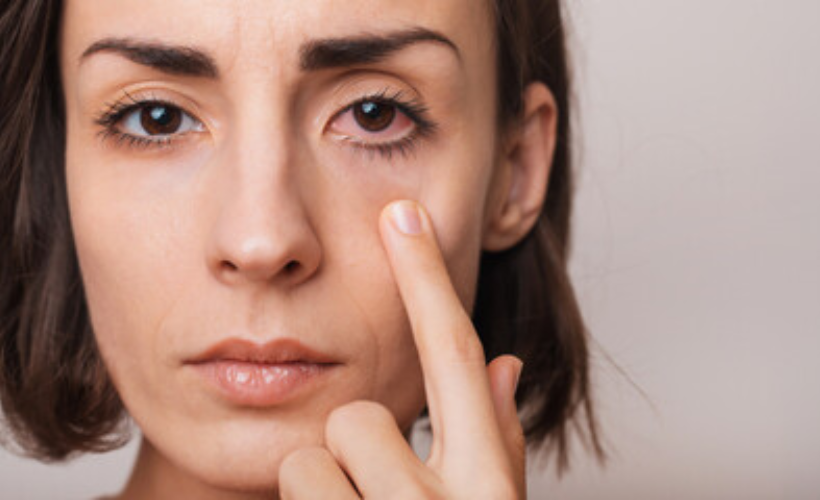Do you often feel dryness or irritation in your eyes? Have you noticed crusty deposits around the eyelashes?
These could be signs of MGD, i.e., Meibomian Gland Dysfunction that affects the oil glands lining your eyelids.
Meibomian glands keep your eyes healthy – but due to MGD, these glands don’t work properly. Your eyes can become inflamed or dry, with excessive tears.
But there’s good news! MGD is treatable, with many treatment options available.
Read on to learn what causes MGD, its symptoms, and the various treatment options.
What is the Meibomian Gland?
Meibomian glands are special sebaceous glands set along the eyelid margins near the lashes. There are 30-40 glands in the upper eyelid and 20-30 in the lower eyelid.
They produce an oily substance that coats the outer surface of your eyes and tear film.
And what does it do? It keeps the eyes from drying out by preventing rapid tear evaporation and offers comfort.
Without this glandular secretion, visually intensive activities like reading or staring at your PC for hours can dry your eyes. You may experience various other dry eye symptoms, including blurry vision.

What is Meibomian Gland Dysfunction (MGD)?
Meibomian gland dysfunction (MGD) is a condition affecting the Meibomian glands. It blocks or inflames the Meibomian glands and affects its oil production.
The condition starts with thick Meibomian gland secretion that blocks them. This waxy secretion prevents normal oil production and affects both their quantity and quality.
The edges of the eyelids turn crusty, and your eyes feel irritated. It can cause many diseases like dry eye disease, blepharitis, etc.
Besides terminal duct obstruction, this Meibomian gland disease can cause permanent damage to the tear film. It can lead to dry eye syndrome and even damage the Meibomian glands.
In fact, MGD can be the reason behind gland shortening, atrophy, or even death of the glands. Unfortunately, these glands won’t recover or regenerate on their own.
MGD: Common Causes
What causes MGD? Some of the common causes are as follows:
- Age (people aged 40+ and adolescents undergoing hormonal changes being prone to MGD)
- Contact lens intolerance or solutions of contact lenses
- Cosmetics
- Rosacea
- Acne
- Eyelash mites

Common Meibomian Gland Diseases Associated with MGD
There are other conditions that occur in people suffering from MGD. You may experience the following conditions:
1. Demodex Mites
Demodex mites are microscopic organisms living in the Meibomian glands and eyelash follicles. They feed on skin cells, lay eggs, and release waste there.
But their infestation and activities cause inflammation and block oil flow, damaging the Meibomian glands.
2. Blepharitis
Blepharitis is a common eye condition caused by eyelid inflammation. It results from clogged Meibomian glands.
Due to a reduced or poor-quality oil, you can develop bacterial infections causing ocular surface diseases. You can also experience eye irritation and debris.
3. Ocular Rosacea
Ocular Rosacea is marked by inflammation and redness of the eyelids. It is usually the first phase of facial Rosacea in other parts.
There are different ways in which chronic Ocular Rosacea can be associated with MGD. It’s generally due to inflammation, blockage caused by cell turnover, etc.
MGD Symptoms
Meibomian Gland Dysfunction disrupts normal Meibomian gland functions. It causes symptoms that include the following:
- Dry eyes
- Constant irritation
- Gritty, scratchy, stinging, or burning sensation
- Excessive watering
- Eye fatigue during strenuous eye activities
- Blurred vision
- Redness
- Crusting or debris around the eyelashes
- Flakiness or “dandruff” in the eyelids and lashes
- Recurrence of Styes or Chalazions, Example, bumps or swelling of eyelid margins or inner corners
Diagnosis of MGD
There are multiple ways to diagnose MGD. Your Eye doctor will choose the suitable testing method based on your symptoms.
Diagnostic tests may include:
- Slit lamp exam – A slit lamp is used to examine the eyelids and Meibomian glands. It detects blockage, inflammation, or atrophy.
- Meibomian gland expression – Gentle pressure is applied to the outer eyelid. It helps check if they produce a clear secretion.
- Tear film evaluation – The quality and quantity of tears are tested. Their stability, i.e., rate of evaporation, is also evaluated.
- Schirmer test – It helps assess the tear production volume. This is done by measuring the tears absorbed on a paper strip.
MGD Treatment Options
Thankfully, MGD is a treatable condition. Regenerating lost glands is not easy. The goal is to restore glandular functions of the eye and normalize the tear film.
Treatment options include:
- Prescription eye drops – Drops like anti-inflammatories and antibiotics help resolve gland inflammation and infection.
- Oral antibiotics – Antibiotics help treat bacterial overgrowth and infections.
- Artificial tears – Ocular lubricants hydrate eyes and relieve dryness.
- Prescription eye drops – Medications increase tear production and control inflammation.
- Lipiflow – A special eye treatment helps unblock Meibomian glands. It gently boosts lipid production.
- IPL therapy – Intense pulsed light treatment uses heat and light. It treats inflammation and infection.i
- Blephex – It uses a handheld device to exfoliate eyelid edges and remove bacterial debris.
- Omega-3 supplements – They reduce inflammation, debris buildup, and risks of MGD.
- Lid debridement – It cleans the eyelid margins with a handheld device and opens the glands.
Contact Bright Eye Spa
Bright Eye Spa offers the top choices for medical aesthetics and eye treatments. Our services range from chemical peels to dry eye management.

If you suspect that you’re suffering from Meibomian Gland Dysfunction, contact us right away! Our experts will assess your condition and offer a treatment that suits you.

Share This Article
Choose Your Platform: Facebook Twitter Google Plus Linkedin